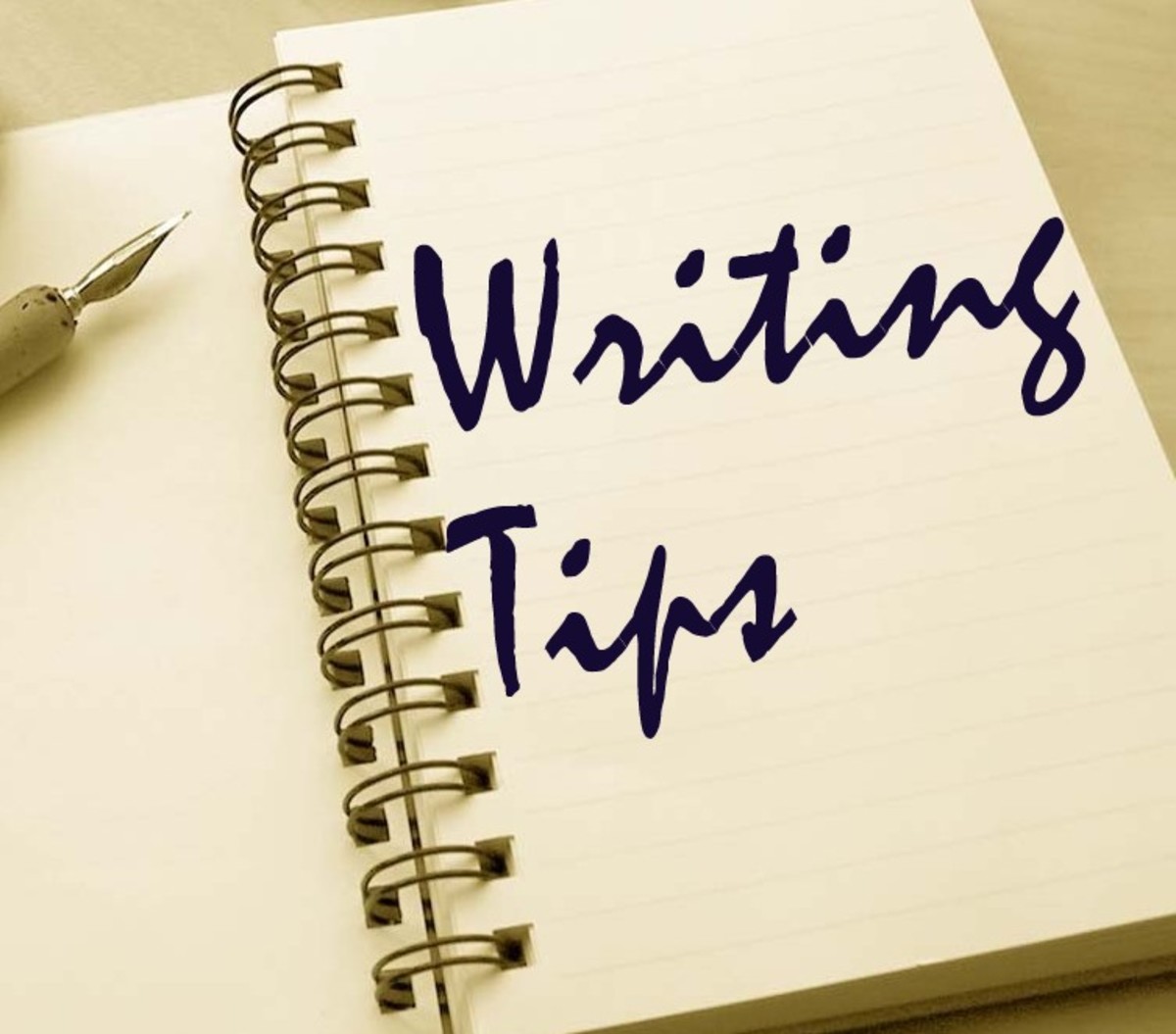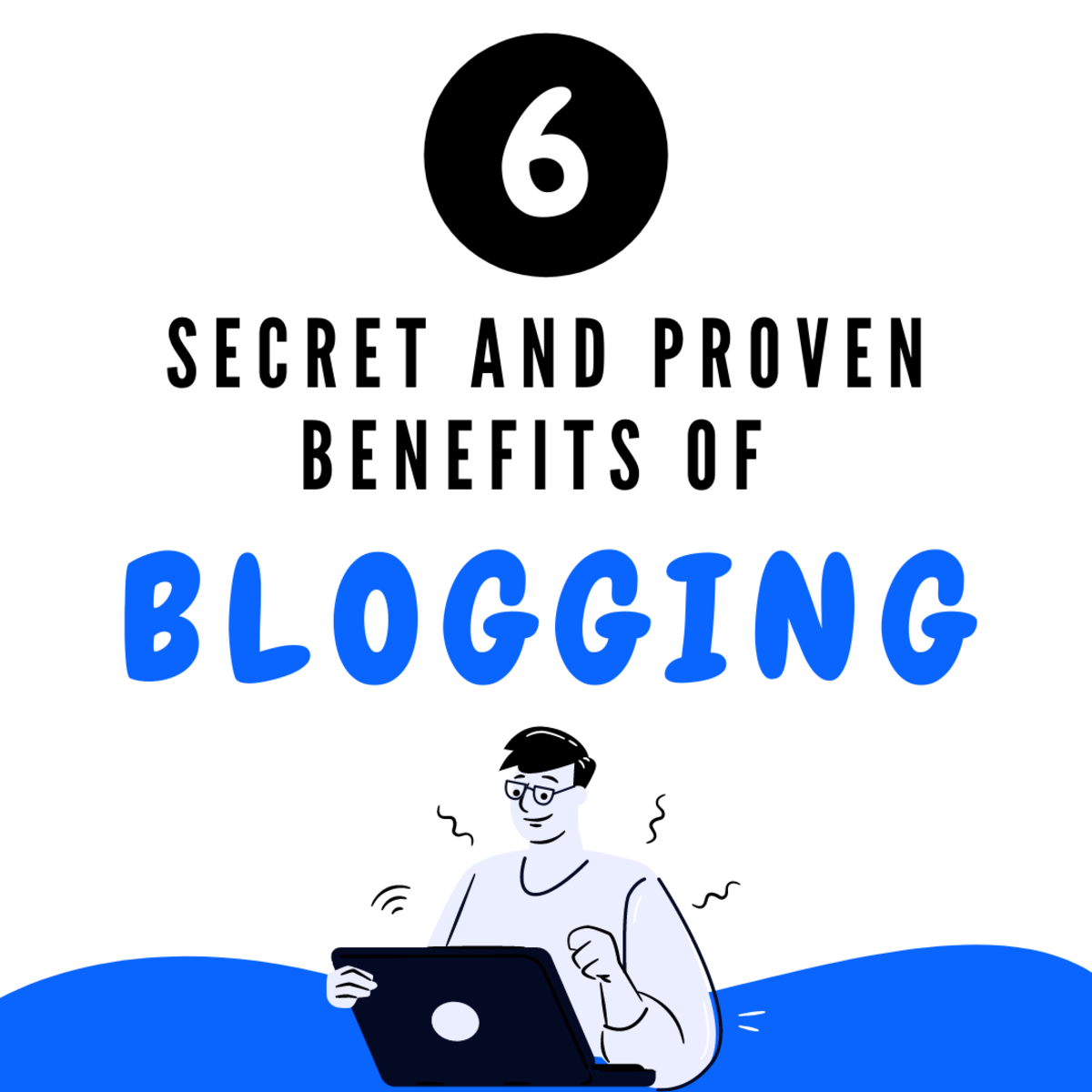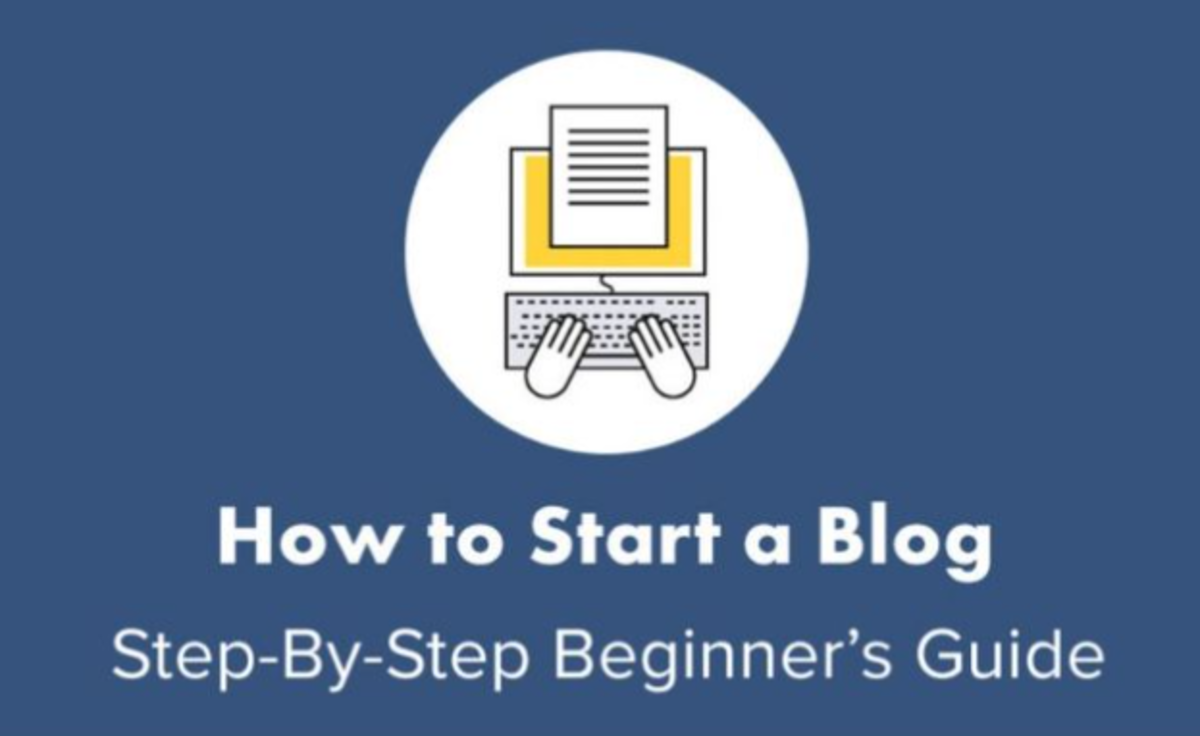Website Factors Important for SEO Success
Search engine optimization can be broken down into two main things, namely on site optimization and off site optimization.
Although off site optimization is the most important factor when it comes to ranking, doing that without proper on site optimization is a grave mistake. If SEO is a house then on site optimization is the foundation. And no house will last long without a solid foundation.
Most of us are familiar with the technical SEO parts involved in on site optimization. Namely adding keyword rich titles, proper meta description, schema markup etc. However there are some website aspects which you can improve to enhance your search engine optimization work. Let’s take a look at some of those factors.
Page Load Time
What do Google want? To provide the most relevant results for user’s search queries. What if the relevant results take a long time to load? Then the user will lose interest and probably blame Google directing them to a bad page.
This is exactly the reason why Google has had incorporate page load speed to their algorithm. They even introduced tools in to the search console to measure your website load speed and included recommendations to fix the issues found from these tools.
One of the first things we did when this was announced was to go through our site and fix the issues showed in the report generated by the tool. Since we had a large site built by few people for a few years it has lots of errors.
Because we do other activities around those pages we couldn't attribute an increase in rankings only to that. But what we noticed was a significant improvement to our signup rate. Our most prominent landing pages for flowchart and UML saw an 6% improvement in signups. So it was well worth the effort.
So the first thing you need to do is run your website through that tool and fix all possible errors. After you fix the technical errors you need to check your website load time again. If it’s not at an acceptable like 2-4 seconds then you need to consider changing your webhost or moving to a CDN.
Bounce Rate
A bounce is a visitor that has arrived at one of your pages and left the site after looking only at that page. This is a tricky measurement because in some cases a high bounce rate is unavoidable.
For example if it’s a blog a visitor might just visit one page because they found what they were looking for in that page. But if it’s an e-commerce site then a high bounce rate is a problem because that means visitors are not going through to your checkout pages or at the very least not checking our your other products.
One of the best ways to solve this is by going through the user flow report found in Google Analytic. This shows you where the users are coming from and what pages are frequently exited by users. You need to go through those problem pages and identify ways to fix it.
Can the CTA be better positioned, should the sidebar show more products, is the checkout buttons clearly visible are some of the question you can ask yourself to fix the issue.
Click through Rate (CTR)
Another very important factor when it comes to search engine rankings. If one result in a search query is having a low CTR then that’s a clear signal that result is not that relevant to that search query.
However this is probably the easiest factor that you can fix in your website. A good title with a clear CTA is a definite must have if you want to increase your CTR. Since the meta description is prominently shown in the search results you need to figure out ways to make it compelling to the user. Other methods to improve CTR include adding schema markup to your website pages.
Although its advisable to improve your CTR there are some doubts that the CTR is not a direct input to search rankings. But there are other advantages so don't ignore it.
Listed above are 3 factors that can affect your search engine rankings. Make sure to fix them so you can do much better in search engines.








